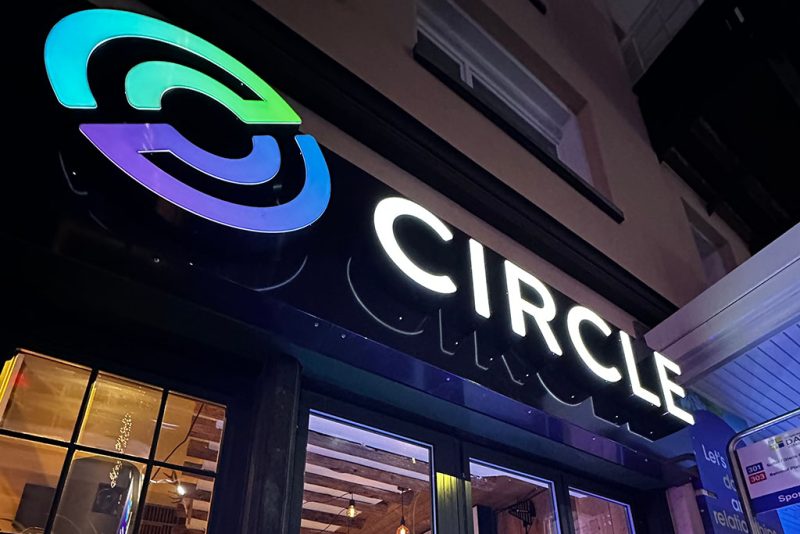Circle, the company behind USDC and EURC stablecoins, has introduced the Circle Payments Network (CPN), aiming to modernize cross-border transactions. Set to launch in limited capacity in May 2025, CPN connects financial institutions—such as banks, fintech firms, and digital wallets—to facilitate real-time, low-cost, and transparent international payments using regulated stablecoins.
Key Features of the Circle Payments Network
- 24/7 Real-Time Settlement: CPN enables continuous, instant settlement of cross-border payments, addressing delays and high fees associated with traditional systems.
- Regulatory Compliance: Participants must meet stringent standards, including licensing, anti-money laundering (AML) and counter-terrorism financing (CFT) compliance, financial risk management, and cybersecurity protocols.
- Integration with Domestic Systems: The network integrates with domestic real-time payment systems worldwide, ensuring seamless connectivity across jurisdictions.
- Developer-Friendly Infrastructure: CPN offers smart contract capabilities and modular APIs, allowing developers to build advanced financial applications and automated workflows directly on the network.
Strategic Collaborations and Use Cases
To ensure CPN meets the needs of leading financial institutions, Circle is collaborating with major global banks such as Banco Santander, Deutsche Bank, Société Générale, and Standard Chartered Bank. These institutions contribute their expertise in global payments to assist in designing a network that upholds high standards of trust and operational integrity.
CPN supports a wide range of use cases, including supplier payments, remittances, payroll, capital markets settlement, internal treasury operations, and on-chain financial applications. By leveraging regulated stablecoins, the network aims to eliminate inefficiencies associated with traditional international payments, such as delays, high fees, and multiple intermediaries.
The launch of CPN positions Circle as a direct competitor to Ripple’s cross-border payment solutions, particularly Ripple’s On-Demand Liquidity (ODL) offering. Both networks aim to provide efficient, low-cost international transactions, but Circle’s emphasis on regulated stablecoins and integration with existing financial infrastructure may offer a distinct advantage.
With its compliance-first approach and integration with existing financial systems, CPN represents a significant step in Circle’s evolution from a stablecoin issuer to a provider of comprehensive financial infrastructure. As the network expands, it has the potential to reshape the landscape of global payments, offering a more efficient and transparent alternative to traditional cross-border transaction methods.
